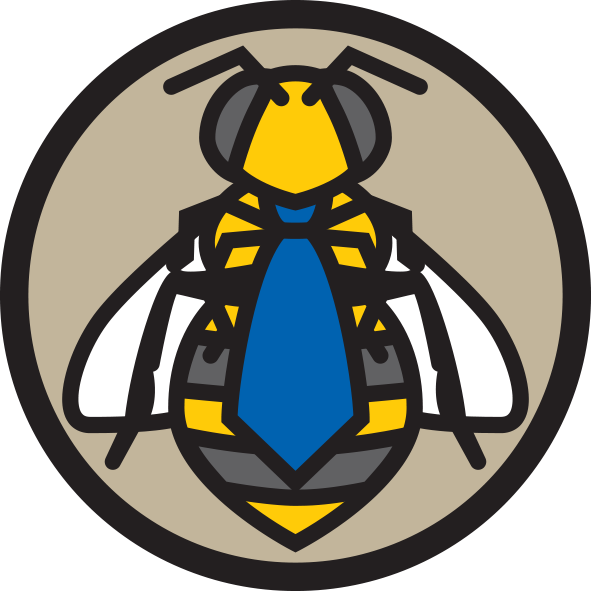It’s getting hot hot hot, and so are your bees! Extreme heat can melt beeswax, kill brood or even the entire colony.
Keep your colonies cool
Site location: ideally your site will provide some shade during the hottest part of the day, but not early morning
Hive: bees require less effort and energy to keep white hives cool than they do for any other colour. For those with only a small number of hives placing foam insulation on top of the lids will help keep them cool
Water: make sure there is water available ideally within 200 meters, preferably before you commence using an apiary, as bees may not switch to another water source once they have found one. Bees can use more than 1L of water a day to keep cool
Inspections: do not open the hive during the hottest part of the day; consider postponing until the weather is cooler
Ventilation: place colonies off the ground, ensure the air vents aren’t blocked
Transportation: Leave hives open or use perforated hive entrance closers or screened bottom boards to ensure airflow to the colony. Move your colonies at night, being sure to follow AHBIC best-management guidelines for transporting hives. Hosing the load down with water may also help to keep them cool
Space: ensure the hive is not overcrowded, an additional super may be needed. However, placing honey above an empty super can create more work for the bees to control hive temperature. Depending on seasonal conditions and the ability of the hive to draw out additional foundation, place some existing honey frames in the added super and move some of the new combs into the lower box interspersing honey and foundation frames. Another option is to harvest the box of honey, replacing it with a super of extracted drawn comb or new foundation.
Keep yourself cool
Ensure you have plenty of water, cover up and avoid working during the hottest part of the day.
Don’t get heatstroke. Ensure you have plenty of water, cover up and avoid working during the hottest part of the day. Don’t forget fire safety either. Fire safety advice gets updated regularly. Please check the latest advice for your state and follow the directions of emergency personnel. Bees can be replaced, people can’t.
Ever wanted to know the science behind fanning? Mysteries can be revealed at how bees stay cool on hot summer days.
Video
Honey bees fanning in slow motion, Ants and other Insects
Acknowledgements:
- Goodman (2014) Australian Beekeeping Guide, Rural Industries Research and Development Corporation publication 14/098
- This article was written by Nadine Chapman and reviewed by Mal Porter and Vicki Simlesa.


